There were many trips back and forth in the skies of the Mojave Desert in California. A little faster each time, a little longer too, the flights of the XB-1 prototype of the American company Boom Supernonic multiplied between September and December. There were eleven in total, and now the twelfth, this Tuesday, January 28, 2025, will break the sound barrier for the first time. A central objective for a company dreaming of replacing the Concorde and democratizing supersonic flights, 22 years later.
Watch the supersonic flight of Boom Supersonic's XB-1 demonstrator live:
Updated on 01/28/2025 at 5:35 p.m.: after a little over twelve minutes of flight, and at an altitude of 35,000 feet, the The XB-1 demonstrator was authorized to accelerate to Mach 1.1. A step that ended in success. Its passage beyond the sound barrier lasted a little over a minute before the aircraft slowed down to Mach 0.92. A second and then a third supersonic phase occurred a few minutes later, lasting several dozen seconds more. After 24 minutes of flight, the aircraft received the indication to return to base, for the end of the mission.
To follow the flight live on FlightRadar24, click here.
"Part of me still can't believe we built this and it works," wrote Blake Scholl, the CEO of Boom Supersonic, on X on September 24. Four months ago, the businessman who founded his aeronautics startup ten years earlier was still rejoicing that the plans were working for short flights, which were only intended to test the maneuverability of the aircraft, make it take off and land. Now he is congratulating his teams, after having collaborated with Starlink to offer a live broadcast of the first flight of XB-1.
The communication around the flight is reminiscent of that of SpaceX. Blake Scholl understood this well, he who already uses the X platform to do his communication, tries to embody his startup in the manner of Elon Musk. After sharing a screenshot of the Slack message he sent to his employees the day before the supersonic flight, the man recruited a team to host the live video of the XB-1 demonstrator. For onboard footage, Boom Supersonic will follow his plane with another aircraft, the T-38, famous for being the first supersonic fighter jet for US Air Force training 65 years ago. In its cockpit, a Starlink antenna, to retransmit images without latency and in the best possible quality.
“Today, the XB-1 took flight in the same hallowed airspace where the Bell X-1 first broke the sound barrier in 1947. I have been looking forward to this flight since Boom was founded in 2014, and it marks the most significant milestone yet on our journey to bringing supersonic travel to passengers around the world,” said Blake Scholl. XB-1 is not "Overture", the version of the aircraft that must accommodate passengers on board, but it integrates its future technologies, and its future foundations to guarantee its safety, we learn on the Boom Supersonic website.
How does the Boom Supersonic supersonic aircraft work?
The XB-1 demonstrator, used for Boom Supersonic's first supersonic flight, is a 21-meter-long aircraft with a wingspan of just over 5 meters. Under its wings and on its back, the aircraft is equipped with three General Electric J85-15 turbojets, capable of carrying sustainable aviation fuels (SAF), to reduce the carbon footprint during flights. For the rest, the delta shape of the wings and the compact appearance of the aircraft were carefully studied to minimize the magnitude of the supersonic boom created when the aircraft exceeds the sound barrier.
Other manufacturing criteria had to be taken into consideration to cope with the extreme conditions of a supersonic flight. Among them, the materials of the structure. Boom Supersonic naturally chose composite materials reinforced with carbon fibers, allowing to limit the weight of the aircraft and give it significant resistance to temperatures. Obviously, the aircraft is set to evolve, especially since it will not be the final silhouette of the project to replace Concorde with Boom Supersonic. The real replacement will be called "Overture".
The XB-1 aircraft prepares the foundations of "Overture"
The first flight of the XB-1 demonstrator beyond the sound barrier (around 1235 km/h) therefore takes place with only one person on board, namely the pilot. It will simulate what Overture will have to do in the future, in an aircraft with a cabin comprising between 65 and 88 seats, depending on the configurations of its final version. The aim of the aircraft will be, as was the Concorde, to connect distant destinations, taking advantage of flights over the oceans to exceed Mach 1 (the speed of sound) and approach Mach 1.7. Its commercialization is planned for 2030, but its development program is planned for next year.
Three companies have already shown interest in the services that Overture will be able to provide with Boom Supersonic. American Airlines, Japan Airlines and United Airlines have already ordered a total of 130 aircraft in total. On paper, the company's promise is to be able to cover a radius of 7,870 kilometers, far from the 1,900 kilometers of the XB-1 demonstration model that we were able to observe today. To promote its future aircraft, the company mentioned, for example, the interest of being able to connect the Hawaiian archipelago in half the time of a conventional airliner (5 hours and 30 minutes).
While waiting for the first flights of Overture, we can expect from the continuation of the test flights on XB-1 a demonstration at the maximum speed of the aircraft, announced by Boom Supersonic at Mach 2.2. In terms of altitude, the company could also seek to demonstrate the ability to fly very high, while the Overture model will have to perform its flights at a cruise altitude of 60,000 feet, much higher than the 300 and 400 levels (30,000 and 40,000 feet) of today's airliners.
The Beginnings of Boom Supersonic
Behind the Boom Supernosic project, there were many investments and will have to be even more so since the startup will need production capacity to become a real aircraft manufacturer, alongside Airbus and Boeing. When it first started, Boom Supersonic joined the ranks of the Y Combinator incubator, the best-known American accelerator for startups. This incubation allowed a certain Sam Altman, the co-founder and CEO of the artificial intelligence giant OpenAI, to join its capital.
It was in 2017 that airlines began to seriously look at Boom Supersonic, and to think about ordering planes from it while increasing its capital. In December this year, Japan Airlines put $10 million on the table, while the company's valuation did not exceed $50 million. The conclusion of a successful year, with numerous financing operations: $33 million in March, $41 million in April.
In 2019, the fundraising changed scale, with a fundraising of $100 million, which illustrated the enthusiasm of investors around a first flight of the XB-1 demonstrator later in the year.

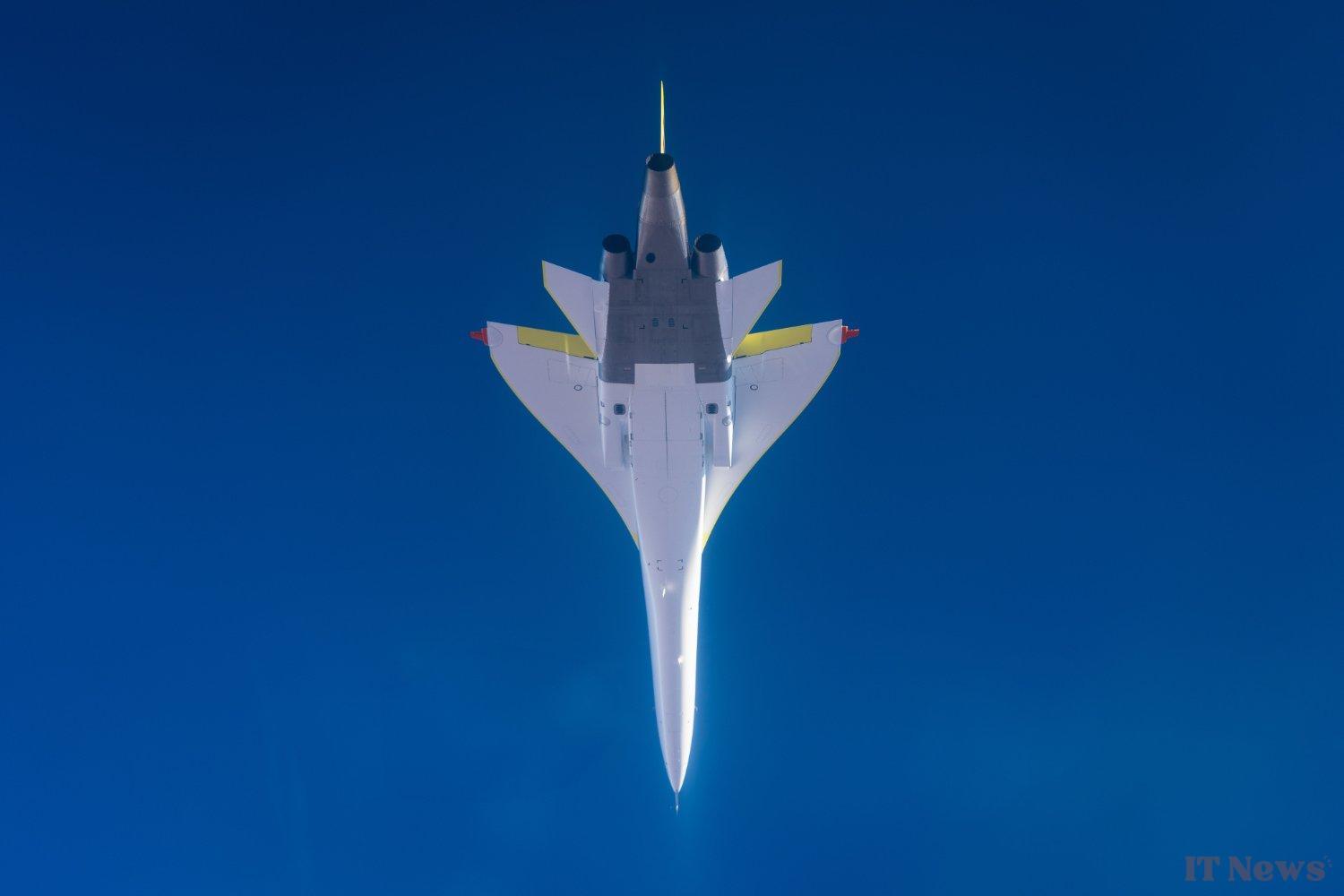
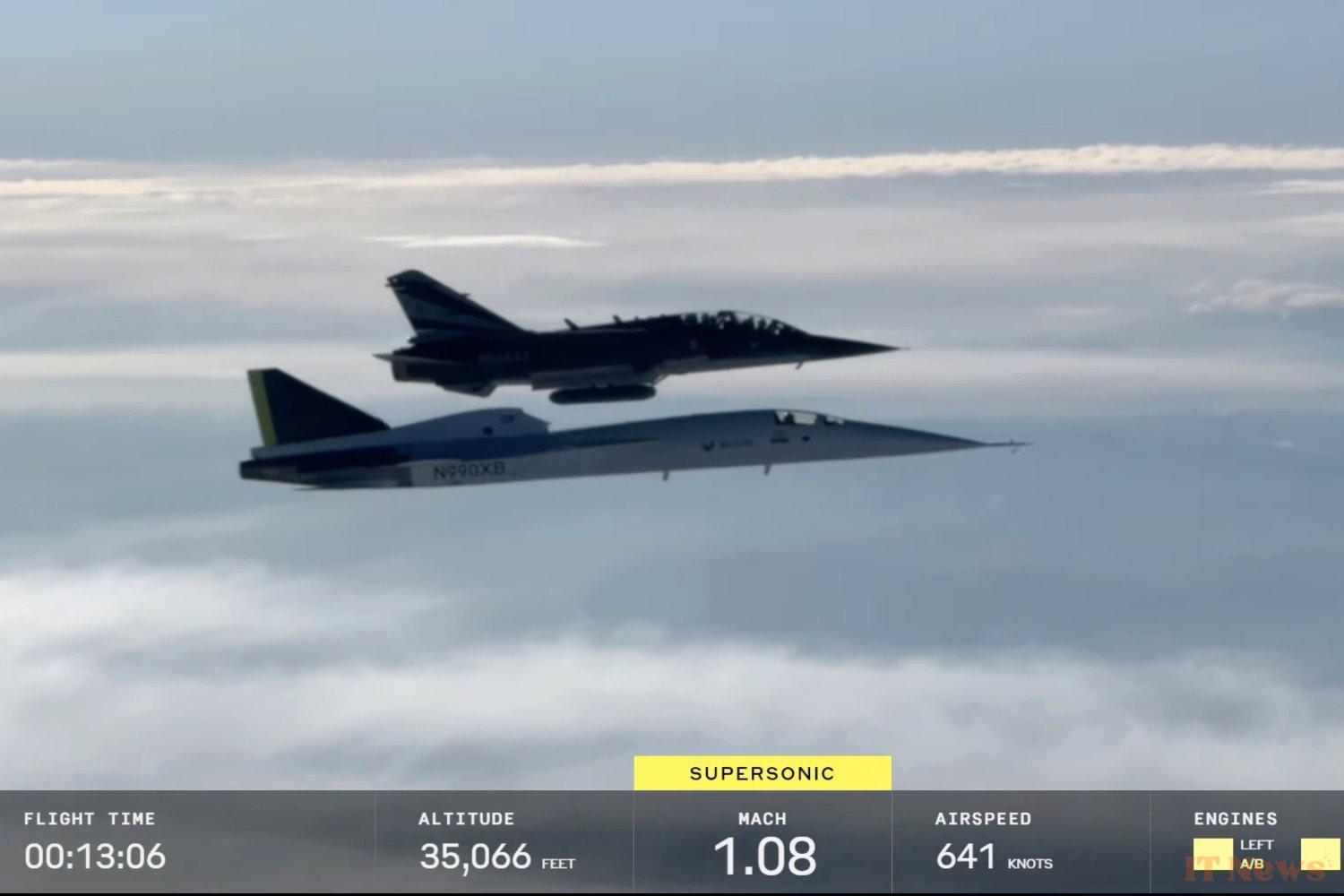
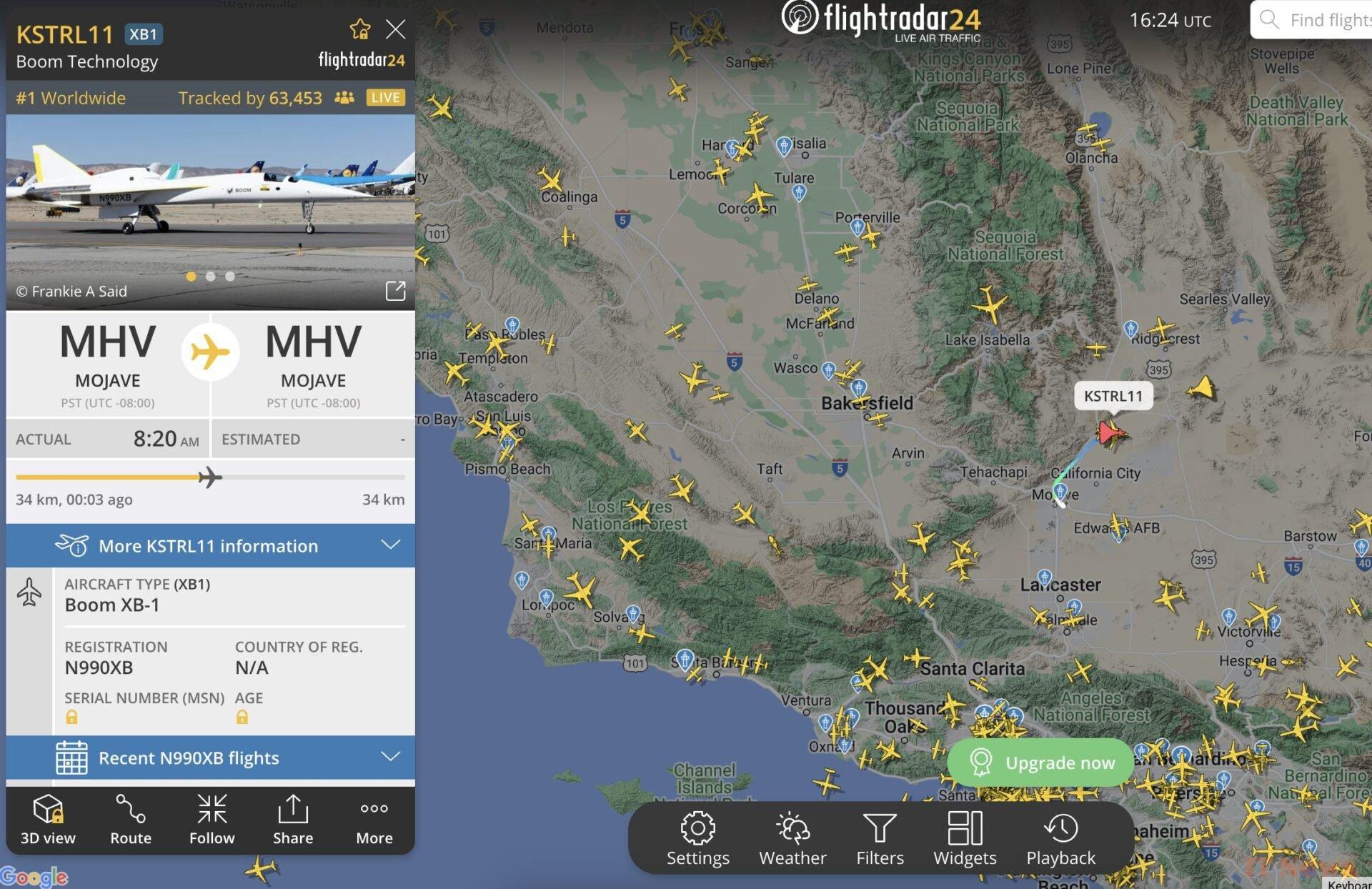
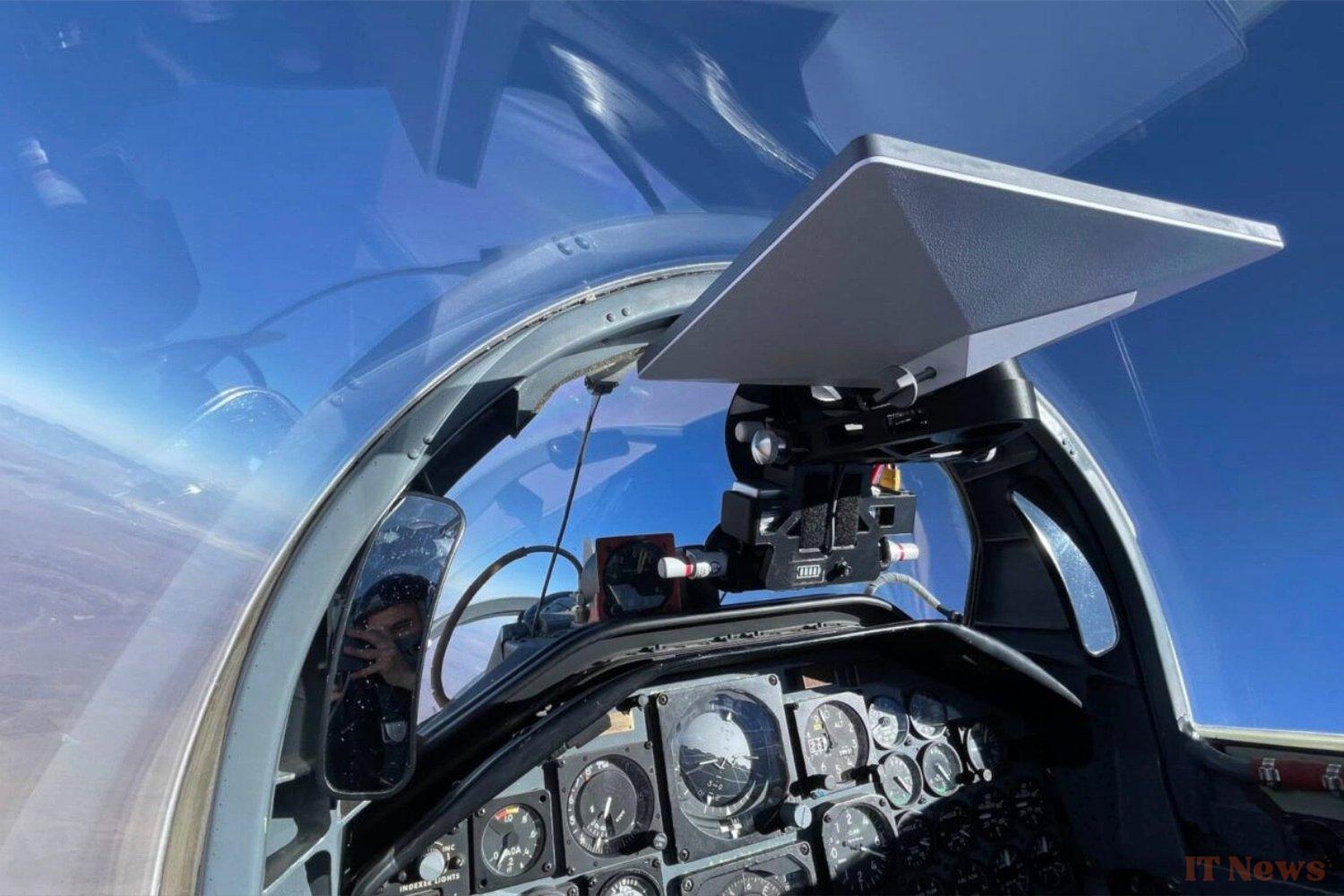
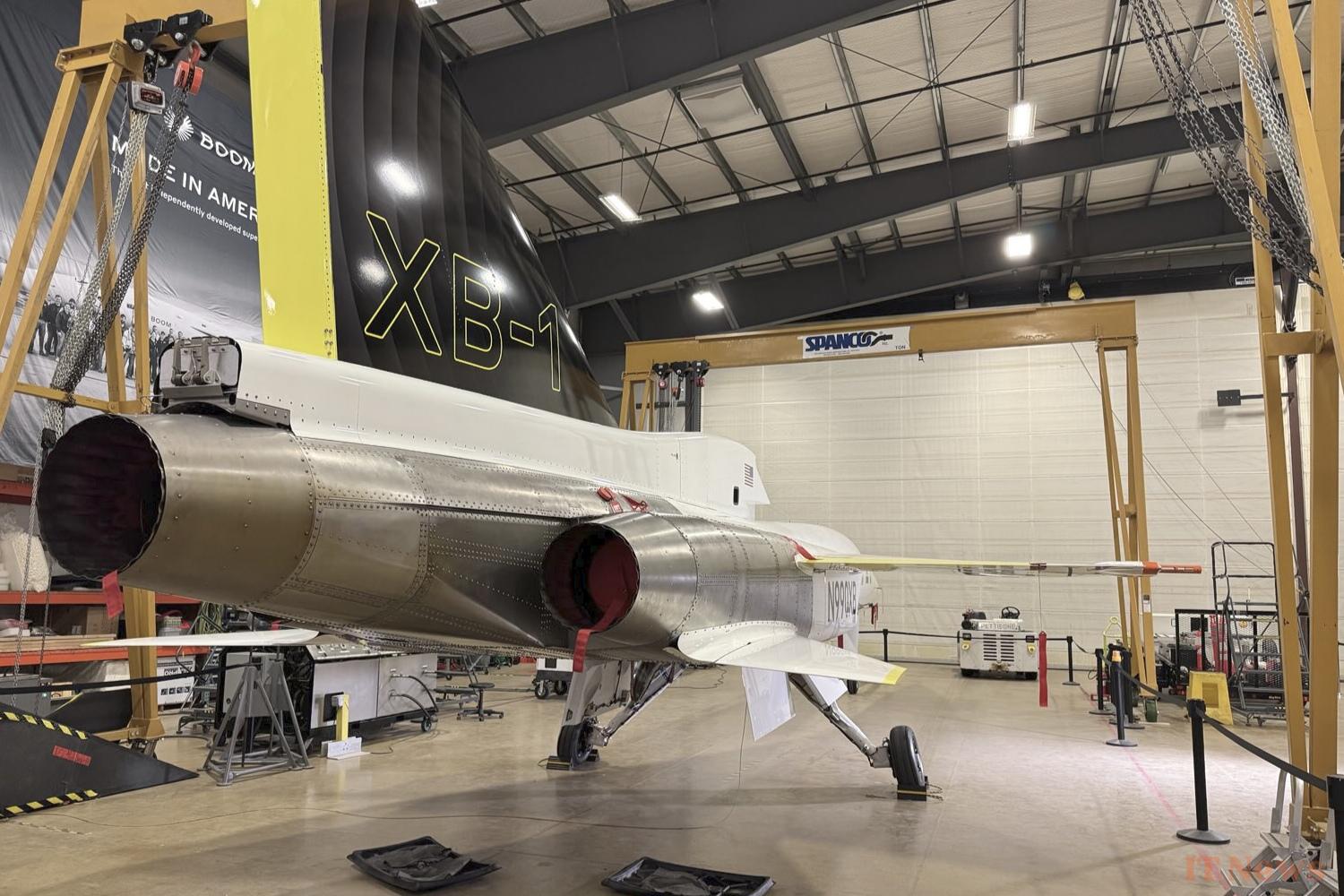
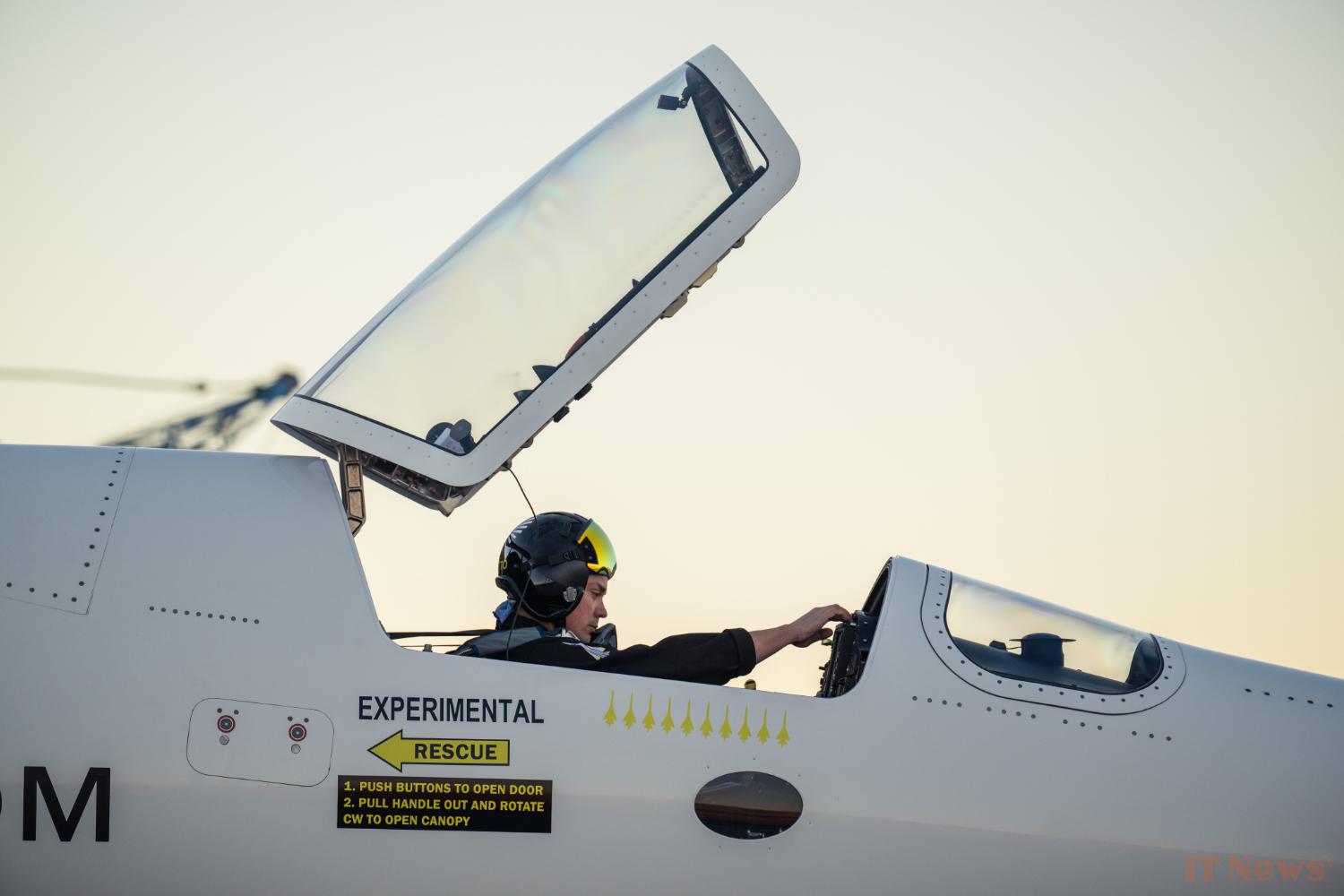

0 Comments